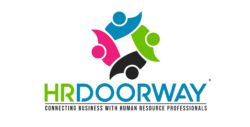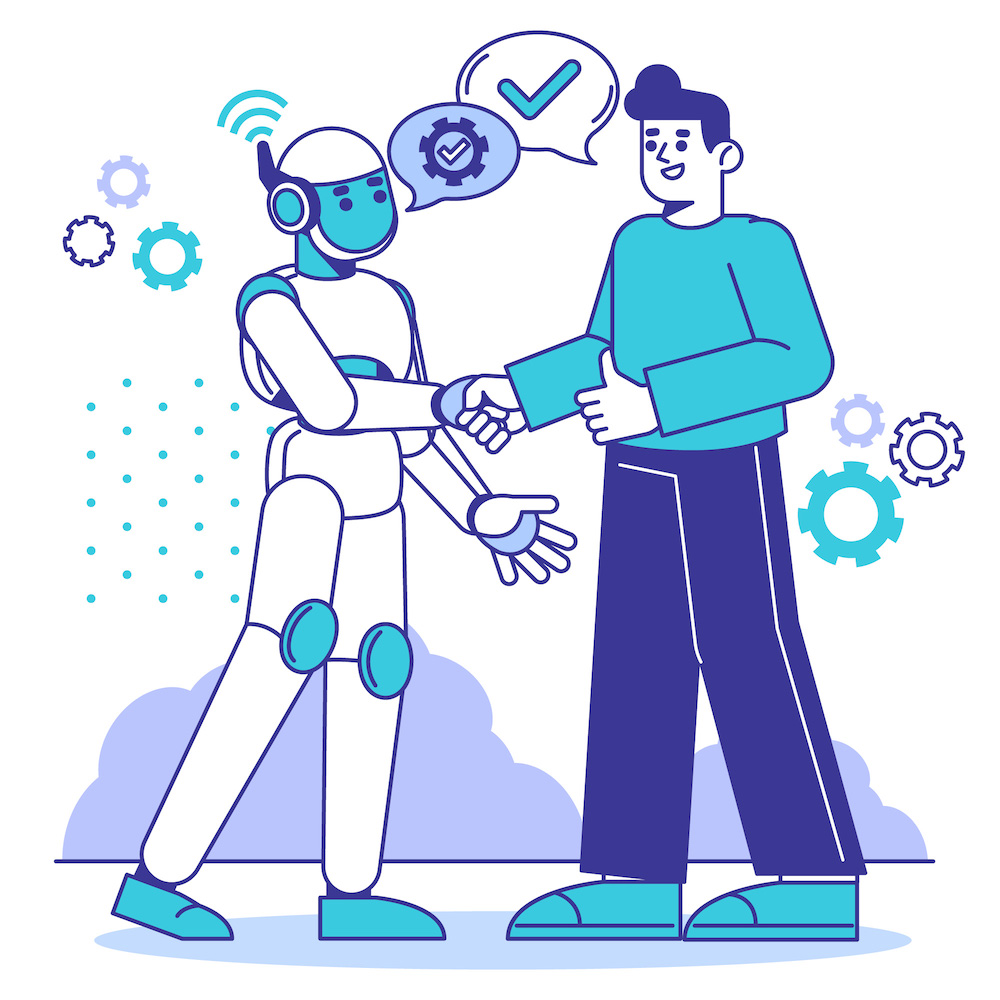(AI) can help usher in a new era of human resource management, where data analytics, machine learning and automation can work together to save people time and support higher-quality outcomes. As AI technology moves beyond automation to augmentation, companies may be looking at how AI tools can make the work of human resources (HR) better for employees and job seekers. It’s not just about saving time; it’s also about providing information, insights and recommendations in near real-time. And that’s just the start of AI in human resources.
These conversations are happening as the workforce is undergoing a major change. According to a global study from the IBM Institute for Business Value (IBV), surveyed executives estimate that 40% of their workforce will need to reskill as a result of implementing AI and automation over the next three years. This shift is viewed as an expansion of job possibilities. In fact, 87% of respondents believe employee roles are more likely to be augmented than replaced by generative AI, with the effects varying depending on job function.
This transition will have a direct impact on HR departments as companies look to fill roles that perform augmented tasks and workers seek new jobs as their own functions change. AI adoption into HR technology has the potential to assist HR teams in this new landscape. Emerging AI tools are rapidly advancing past efficiency and becoming tools for innovation—something that frees up team members to think about HR more strategically while still providing a human touch.
How HR departments are using AI
AI use in HR refers to the deployment of machine learning (ML), natural language processing (NLP) and other AI technologies to automate human resources tasks and support decision-making. It enables a data-based approach to talent acquisition, employee advancement and retention that seeks to mitigate bias and enhance the job seekers’ and employees’ experiences.
AI tools have the capabilities to assist HR leaders in a wide range of areas, including the following:
- Employee records management
- Recruitment and hiring processes
- Payroll processing
- Performance management and assessments
- Benefits administration
- Onboarding new employees
- HR support or service desks
Companies today have the potential to use artificial intelligence in HR functions and processes to inform decision-making, make interacting with HR easier for employees and free up time to make better hiring decisions and invest in employee satisfaction and retention.
These are some possible use cases:
- Professional learning and development: Where do workers see themselves in five years? AI has the potential to assist in recommending personalized training modules for career mobility. By analyzing data on each employee, such as their skills and preferences, AI could tailor their training according to personal goals. AI could also have the potential to help HR managers identify hidden talent or identify employees ready for promotion.
- Candidate sourcing and hiring: A common complaint about the hiring process is that it’s slow. AI can help pick up the pace by helping managers nurture each potential hire automatically, and it allows them to receive notifications when a candidate applies for an open position.
- Procurement of short-term workers: AI in HR can help organizations fill open positions quickly, including short-term and temp positions. By using natural language processing (NLP) capabilities, AI tools for HR can automate manual procurement tasks, saving HR teams valuable time for planning strategic initiatives and meeting client needs. For example, AI tools can help managers compile requirements from stakeholders and then work within a vendor management system (VMS) system to open a request with suppliers to find potential contractors and schedule interviews with hiring managers.
- Onboarding: AI can make the process of collecting information smoother and more personalized. AI-powered chatbots can guide new employees through the onboarding process, answer questions, provide information and send reminders about key documents—reducing time-consuming tasks and enhancing the new hire experience.
- Automating HR service: Responding to employee needs is key to improving engagement and productivity, but navigating through complex corporate policies and HR and IT support processes can leave employees struggling to find answers—causing frustration and wasting time. AI-powered HR chatbots can help empower employees with fast answers and self-service support.
Benefits of AI in HR
If companies begin to use AI in HR to achieve more strategic goals, they may be able to see advanced benefits as well. Here are some examples:
- Enhanced employee support: In 2022, one in four employees was experiencing burnout symptoms, according to a global survey from McKinsey Health Institute. This poses a challenge to employers vested in worker satisfaction and performance. For teams that want to better understand their employees to improve job satisfaction and performance, AI can be a useful resource if used in a responsible way.
- Increased efficiency: As noted above, automation and generative AI tools can save HR teams time by taking on routine task work. AI can also be a helpful source of data sets for reviewing processes and digging deeper into how HR staff can make more informed decisions or streamline work. For example, AI can help analyze the outcomes of recruiting efforts, allowing recruiters and hiring managers to identify and refine their most successful outreach strategies.
- Enhanced candidate experiences: Along each step of the recruitment process, from hiring to onboarding, AI can help managers save time and better reach top talent. For example, managers can prompt generative AI tools to create customized messages that are automatically sent to each candidate. These messages can encourage engagement and move candidates along in the hiring process.
Challenges of AI in HR
AI is a disruptive technology that comes with some challenges and things to keep in mind:
- Reskilling: AI and automation can eliminate certain types of work traditionally performed by people and could impact the roles of some employees. Tackle this challenge head on with a plan for reskilling talent and restructuring job roles in a way that’s empathetic to employees undergoing these changes.
- Employee privacy: Using AI to optimize processes and evaluate performance could raise concerns. Employee privacy should be taken seriously and addressed in a data management strategy before AI systems are used to collect and analyze personal data. Let employees know what data is being collected and used for AI systems. Creating or using an AI system founded on transparency is a first step towards helping to address privacy concerns.
- Bumpy rollouts: Organizations should be prepared to evolve AI models and continue to optimize processes. Initial rollouts might result in less-than-desired employee experiences and require tweaking. Companies should have the flexibility to change and adjust as needed.
- Cybersecurity: AI is susceptible to hacking, especially during the training pipeline where ML algorithms are created. Data poisoning attacks seed malicious code or information in the training sets, potentially infecting countless ML model runs and, ultimately, the company network. Business leaders should work alongside IT and security operation centers (SOCs) to create plans that will keep AI projects secure throughout their entire lifecycle.
AI tools for HR
HR leaders face multiple challenges: evolving employee expectations, a global labor shortage and a global growing skills gap. Generative AI presents a new opportunity for HR leaders to re-imagine and modernize the HR function, build and retain a future-ready workforce, and foster the innovation needed to help the business meet its broader strategic mission and objectives.
Current tools and processes often fall short of what is needed to manage the massive skill shift that AI will bring. IBM Consulting and IBM watsonx offer a unique combination of AI technology and talent expertise to help organizations upskill their workforce and operating models for the future.
Our solutions and methods seamlessly integrate data into AI-powered workflows, re-imagining work and employee tasks while also upholding trust and compliance with the highest ethical, privacy and regulatory standards.
Drawing upon our extensive industry expertise, a human-centric approach to business design, and a dedication to transparent and ethical AI, we work with our global clients and an ecosystem of partners to unlock the untapped potential of employees and secure a competitive edge that sets organizations apart.

